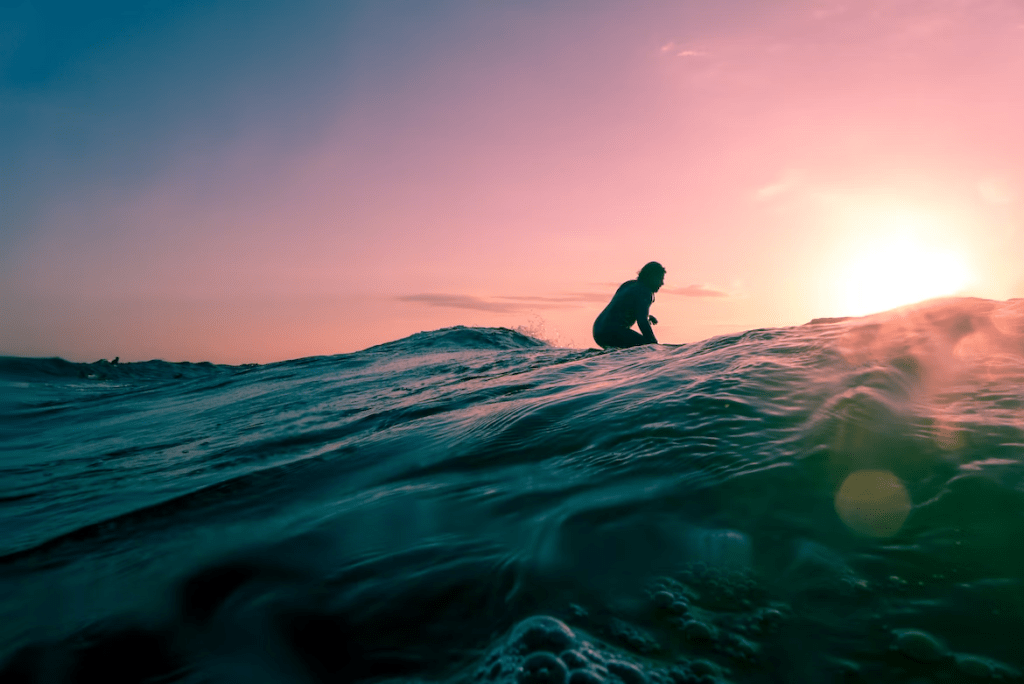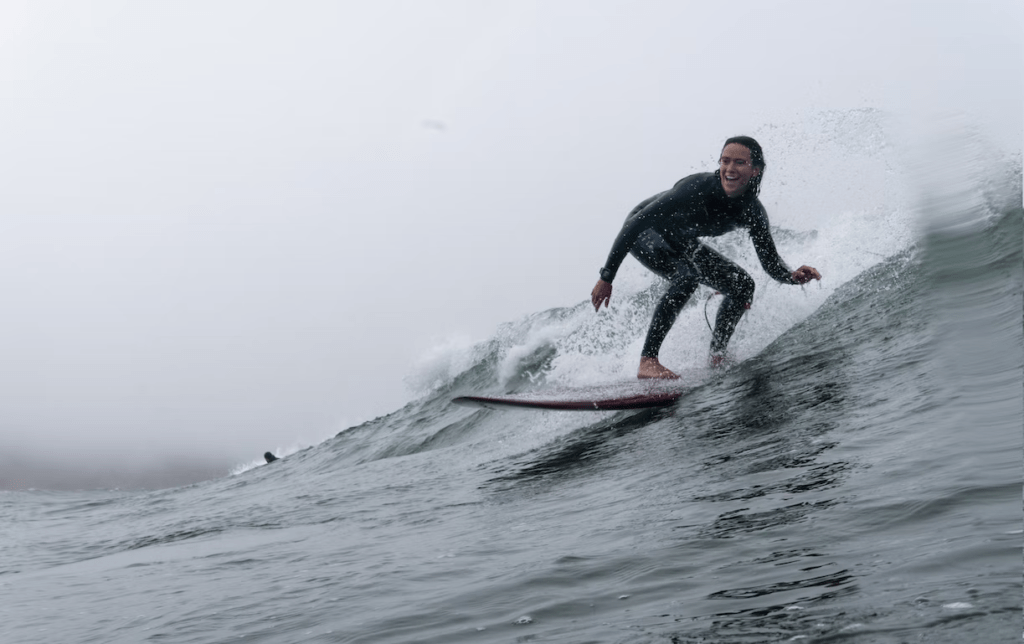Are you interested in learning how to surf? If so, you’re in for a fun and challenging experience! Your first surf can be a lot of fun, but it’s also a physically demanding sport. In order to prepare yourself for your first surf, you need to make sure that you are physically and mentally ready for it. In this blog post, we will discuss some tips on how to prepare yourself for your first surf.

10 Exciting Ways How To Prepare For Your First Surf
Get in shape for your first surf
As we mentioned, surfing is a physically demanding sport. In order to be successful at it, you need to make sure that you are physically fit. Start working out and doing some cardio exercises to build up your strength and endurance. When you are physically fit, you will be able to paddle out to the waves with ease and stay out in the water for longer periods of time.
In addition, being in shape will also help you to avoid getting tired quickly and minimize the risk of injuries.
Be comfortable in the water
If you are not a strong swimmer, then surfing is probably not the sport for you. To be able to surf, you need to be comfortable in the water and be able to swim well. If you are not comfortable in the water, we suggest that you take some swimming lessons before hitting the waves for your first surf.
A good idea when you are trying to get comfortable in the water is to practice in a pool first. Once you feel comfortable swimming in the pool, you can then start practising in the ocean.
Choose the right equipment
Having the right equipment is important when learning how to surf. You will need a surfboard that is the right size and shape for you. It is also important to have a wetsuit that fits well so that you can stay warm in the water. In addition, you will need to invest in some good quality surfing wax to keep your board from slipping.
Namely, you need to surf in warm water because you can get cold very easily. Also, if you are in need of a womens wetsuit, you should check out Roxy wetsuits. They make really good quality women’s wetsuits that will keep you warm and comfortable in the water.
Practice on a surfboard
Before you go out and try to surf on a real wave, it’s important that you practice on a surfboard first. This will help you to get a feel for the board and how it moves in the water. It’s also a good idea to practice on a foam board or a soft-top surfboard before moving on to a fibreglass surfboard if you’re about to enjoy your first surf. These types of boards are much easier to control and will help you to avoid getting injured. Once you feel confident on a surfboard, you can then start trying to catch some waves.
Choose the right surf spot
When you are first starting out, it’s important that you choose a surf spot that is suitable for your skill level. If you are a beginner, we recommend that you find a beach with small and gentle waves. Once you have mastered the basics, you can then start to surf at beaches with bigger and more challenging waves. For instance, if you are surfing in California, some good beginner surf spots include San Onofre State Beach, Zuma Beach, and Huntington Beach.
Choose the right waves
One of the most important things that you need to do when you are learning how to surf is to choose the right waves. You want to make sure that you are not choosing a wave that is too big or too powerful for you. If you are a beginner, we recommend that you start with small and gentle waves. As you progress, you can then start to surf bigger and more powerful waves.

Get some surfing lessons
One great option for surf lessons is Everyday California’s expert surf lessons in San Diego. They offer lessons for all skill levels, from beginner to advanced, and their experienced instructors can help you improve your technique and build your confidence in the water. You can look for something similar in your location.
In addition to learning valuable skills, taking surf lessons is a fun and exciting way to experience the ocean and connect with other surfers. Whether you’re a seasoned surfer looking to take your skills to the next level or a beginner just starting out, surf lessons can be a valuable investment in your surfing journey.
Learn the basics
Before you start surfing, it is important that you learn the basics. This includes learning how to paddle, how to stand up on the board, and how to turn. There are many ways to learn these basics, such as taking a surfing lesson, watching tutorial videos, or reading books or articles about surfing. Once you have learned the basics, it is time to practice. Get in the water and try to catch some waves. Don’t worry if you don’t catch any at first, everyone starts out slowly. Just keep practising and you will eventually get the hang of it.
Safety first
Before you start surfing, it is important to familiarize yourself with some basic safety rules. These include not surfing alone, not surfing in bad weather conditions, and not surfing near rocks or other hazards. It is also a good idea to wear a life jacket or a surf leash when you are surfing. A life jacket will help to keep you safe if you get knocked unconscious by a wave. A surf leash will help to prevent you from losing your board if you fall off.

Mental preparation
In addition to being physically prepared, you also need to mentally prepare yourself for surfing. First, it is important to understand that surfing is a risky sport. There is always the potential for injuries, so you need to be aware of this and accept the risks involved.
In addition, surfing can be challenging and frustrating at times. There will be days when the waves are not good or you simply cannot catch any. It is important to remain positive and patient during these times. Keep in mind that everyone has bad days and that eventually, you will have good days too.
So, those are some tips on how to prepare for your first surf. Just remember to take your time, practice, and have patience. Once you master the basics, you will be well on your way to becoming a great surfer.
